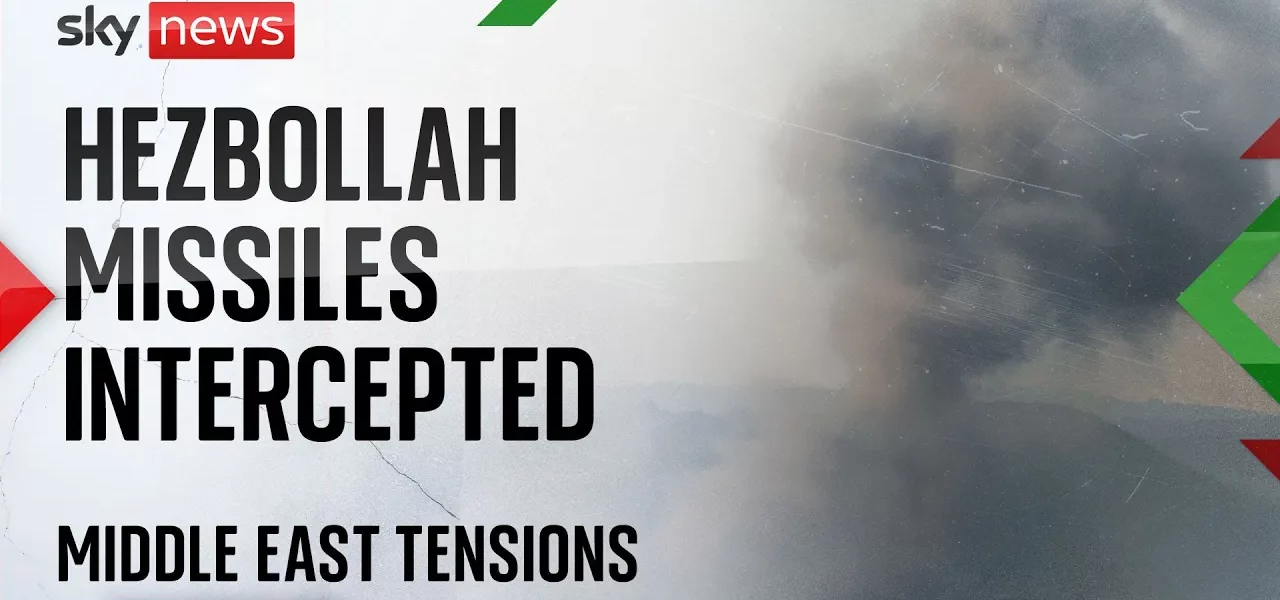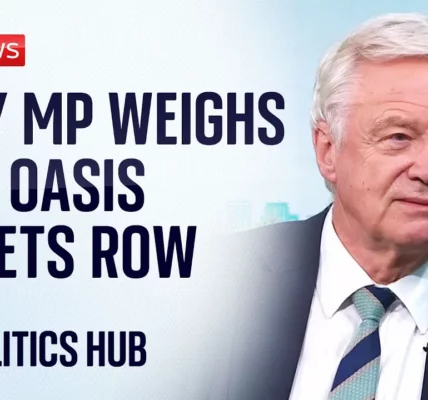Escalation in Israel-Hezbollah Conflict: Recent Developments and Implications

This article explores the recent surge in violence between Israel and Hezbollah, highlighting missile strikes, air raid alerts in Tel Aviv, and the broader implications for regional stability. The situation remains tense as both sides prepare for potential escalations.
Introduction
The ongoing conflict between Israel and Hezbollah has reached a critical juncture, marked by significant military actions and heightened tensions. Recent reports have indicated a series of missile strikes, air raid sirens in Tel Aviv, and the potential for a ground invasion. This article delves into the latest developments, the historical context of the conflict, and what this could mean for the future of the region.
Recent Missile Strikes and Air Raid Alerts
This morning, residents of Tel Aviv experienced air raid sirens for the first time since the escalation began, signaling a serious shift in the conflict dynamics. The Israeli Defense Forces (IDF) reported intercepting a surface-to-surface missile aimed at the city.
Details of the Incident
- The missile was reportedly fired towards a Mossad headquarters near Tel Aviv.
- While Hezbollah claimed responsibility, Israeli officials have yet to confirm the details of the missile’s origin.
- The IDF confirmed the successful interception of the missile, averting potential casualties.
Impact on Daily Life in Tel Aviv
Despite the alarming situation, daily life in Tel Aviv remains largely unaffected. Schools continue to operate, and the streets are bustling with traffic. This indicates a level of resilience among the population, although underlying tensions persist.
The Strategic Significance of the Buffer Zone
Israel’s military strategy appears focused on establishing a buffer zone to mitigate threats from Hezbollah. This approach has historical precedents, especially considering the significant offensives launched during the 2006 Lebanon War.
Objectives of the Buffer Zone
- To create a physical barrier that limits Hezbollah’s operational reach.
- To enhance security for Israeli civilians living near the border.
- To deter future missile attacks and prevent escalation into broader conflict.
Potential Consequences of Continued Offensive
The ongoing military actions could lead to a series of escalations, including:
- Increased missile strikes from Hezbollah into central Israel.
- Possible ground invasions by Israeli forces into Lebanese territory.
- Heightened tensions that could provoke involvement from other regional actors.
Risks of Regional Escalation
The rhetoric from Israeli government officials and military leaders indicates a potential for significant escalation. As the conflict deepens, the risks of a regional war increase, with Lebanon at the center of these tensions.
Factors Contributing to Escalation
- Persistent military engagements that could provoke retaliatory actions from Hezbollah.
- International responses that may complicate the situation further.
- The historical context of the Israel-Hezbollah conflict, which has been marred by cycles of violence.
International Reactions and Implications
Global responses to the conflict have varied, with calls for restraint from many nations. However, the geopolitical implications of an all-out war could reshape alliances and influence international relations.
Conclusion
The situation between Israel and Hezbollah is increasingly precarious, with missile strikes and military strategies suggesting an escalation of conflict. As both sides prepare for the possible consequences of continued hostilities, the international community watches closely. It is crucial for stakeholders to advocate for dialogue and de-escalation to prevent a larger regional war. Stay informed on this developing story and consider exploring our related articles on Middle Eastern conflicts and their historical contexts for deeper insights.
“`




